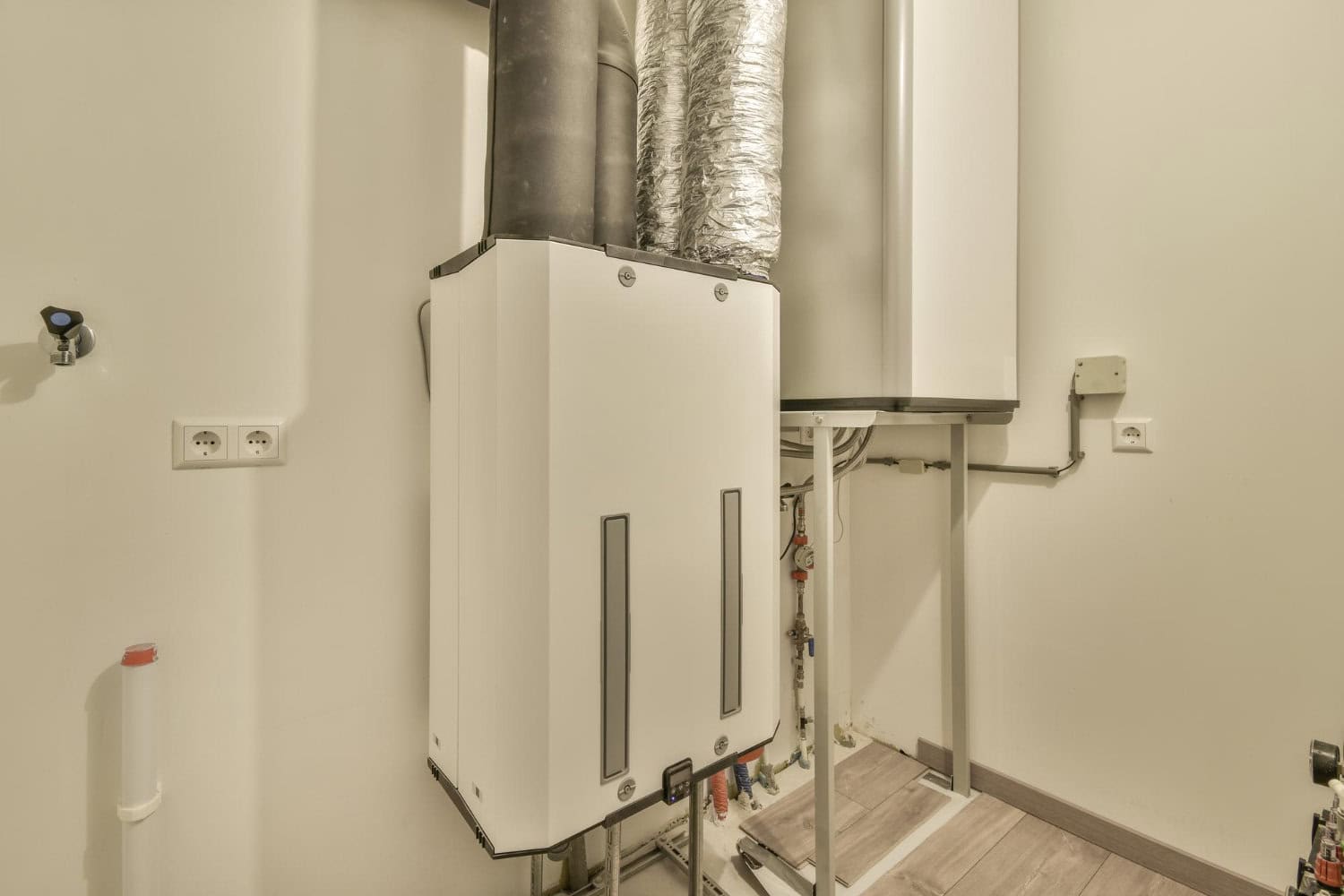
Keeping your home warm and cozy during cold months is essential. Yet, heating systems can sometimes have hiccups that make this a challenge. By understanding how to troubleshoot common heating issues, you can keep your system running smoothly without constant professional help.
Diagnosing Common Heating Problems
When your home’s heating system seems off, several common problems might be the cause. You might notice inconsistent heating, where some rooms never reach the desired temperature. Strange noises like banging or hissing can also occur, signaling potential issues within the system. Frequent cycling, where your heater constantly turns on and off, can affect comfort and raise energy bills.
Inconsistent heating can stem from several factors. Poor insulation or window drafts might let warm air leak outside. However, a faulty thermostat often lies at the heart of the issue. When the thermostat doesn’t communicate correctly with the heating system, your home can struggle to maintain a stable temperature. Checking and recalibrating the thermostat might resolve this problem.
Strange noises often mean parts are worn out or that debris has accumulated, causing friction. Banging might indicate air trapped in the pipes for those using a boiler, while a squealing sound could suggest a slipped blower belt. Maintaining clear ductwork and healthy parts will help reduce these noises.
Frequent cycling can also be due to thermostat issues but may indicate a clogged filter or blocked airflow. When airflow is restricted, the system overheats and shuts down to protect itself. Checking filters regularly and replacing them as needed not only improves performance but also extends the system’s life. Thoroughly understanding these signs allows for quick identification and resolution of heating issues.
Quick Fixes and When to DIY
Simple steps can often get your heating system back on track. Here are some troubleshooting tips that are safe to try:
1. Reset the Thermostat: Sometimes, it just needs a reset to recalibrate and function properly.
2. Check the Power Supply: Ensure the breaker hasn’t tripped. Also, make sure that the unit is correctly plugged in.
3. Inspect Filters: Dirty or clogged filters can reduce efficiency. Replace or clean them monthly during heavy use.
4. Clean Ducts and Vents: Clear debris and dust from ducts and vents to enhance airflow.
Trying these simple fixes can help resolve minor issues quickly. However, knowing when to call a professional is crucial. If you smell gas or if the unit won’t turn on despite checking the power, it’s important to seek expert help. Other indicators include persistent strange noises, leaks, or unusual odors. These signs may require advanced equipment to diagnose and repair safely.
Attempting complex repairs without proper knowledge can worsen the problem or cause accidents. Professional guidance ensures the heating system gets the care it needs, keeping your home safe and comfortable. Being proactive with these DIY steps and knowing their limits makes you an effective steward of your home’s heating health.
Preventive Maintenance Essentials
Regular maintenance is key to keeping your heating system running efficiently and preventing unexpected breakdowns. One of the simplest maintenance tasks is changing or cleaning your air filters monthly. Clean filters ensure proper airflow and help your system run smoothly, reducing the risk of overheating and wear. Regular duct cleaning is also important, as it prevents dust and allergens from circulating and clogging the system.
Inspecting the heater regularly for signs of wear can identify problems before they escalate. Look for any visible signs of damage, rust, or leaks around your furnace or heating unit. Testing the thermostat regularly by adjusting the temperature can verify its accuracy and responsiveness.
Homeowners can perform several easy tasks that help reduce the risk of breakdowns:
1. Keep Vents Open and Unobstructed: Ensure that furniture or curtains aren’t blocking airflow to maximize efficiency and comfort.
2. Inspect Outdoor Units: For systems with outdoor components, remove any leaves or debris around the unit to maintain clear airflow.
3. Listen for Unusual Sounds: Regularly listen for odd noises and address them early to prevent bigger issues.
Incorporating these simple tasks into your routine helps keep your system in top shape without much hassle, ensuring warmth and comfort in every corner of your home.
Understanding Advanced Heating System Components
Inside your heating system, complex components work hard to deliver consistent warmth. The heat exchanger, for instance, plays a critical role in transferring heat to the air that circulates through your home. If it cracks, it can cause carbon monoxide leaks, which are hazardous. Identifying unusual odors or yellow burner flames can indicate issues with the heat exchanger that need immediate professional attention.
Another key component is the blower motor. This part ensures air circulation throughout your home. A well-functioning blower motor is quiet and efficient. However, if your heating system shuts off unexpectedly or if air stops circulating evenly, the blower motor might be failing. These signs suggest a need for repair or replacement to prevent further disruptions.
Understanding these advanced parts helps you maintain peak efficiency in your heating system. Keeping an eye out for these problem signs enables you to address necessary repairs promptly, reducing inconvenience and potential hazards.
Conclusion
Troubleshooting your home’s heating system doesn’t have to be daunting. By staying vigilant and understanding the basics of how your heater works, you can catch issues early, apply simple fixes, and maintain your system effectively. Regular maintenance and knowledge of when to call in professional help secure a warm, safe, and comfortable environment for your family.
For expert guidance and repairs, contact My Jockey today. Whether you need emergency fixes or routine maintenance, our team is ready to tackle your heating challenges promptly and efficiently. Trust our professionals to keep your heating in Saratoga Springs in top condition so you can enjoy peace of mind and consistent warmth throughout the seasons.
